
While it’s up to the market to prove (or disprove) Google’s belief that Android Tablets are the “future of computing,” the other big obstacle comes from within the company. Chromebooks can very much compete for that mantle, with Android and ChromeOS once again converging in functionality and use case.
Google’s recent and ongoing tablet push is born out of the belief that the form factor is ready for something more than content consumption. The company said it started seeing large screen tablet sales grow in the second half of 2019 and that continued as a result of COVID-19. In fact, the possibility of the form factor eventually overtaking laptops is something Google has explicitly raised.
Google is particularly keen on stylus-first applications, as well as large (touch)screens that are not “physically connected to a keyboard” resulting in unforeseen use cases. It wants to position Android to best serve that growth, especially in productivity and creativity, which has more than a whiff of chasing the iPad.
To do so, Google released Android 12L as a release dedicated to improving the large screen experience, and continued that push in Android 13. This involved optimizing various parts of the OS with dual-column UIs that take advantage of the available real estate, and improving multitasking with easier split screening and a taskbar. Meanwhile, there’s a heavy push to encourage developers to optimize their apps for tablets and foldables, with first-party Google clients doing the same.

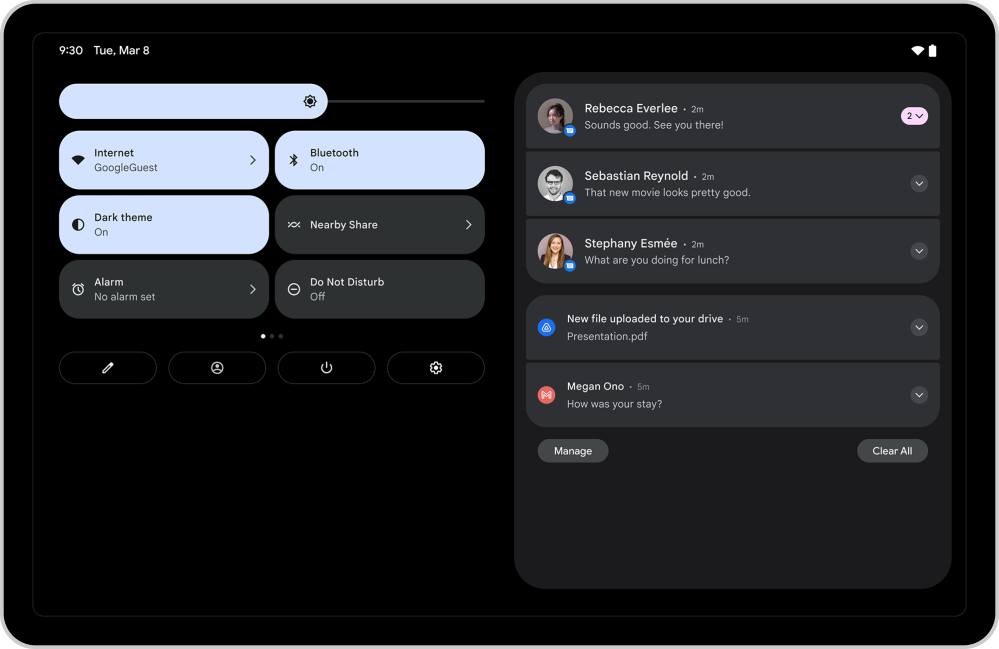
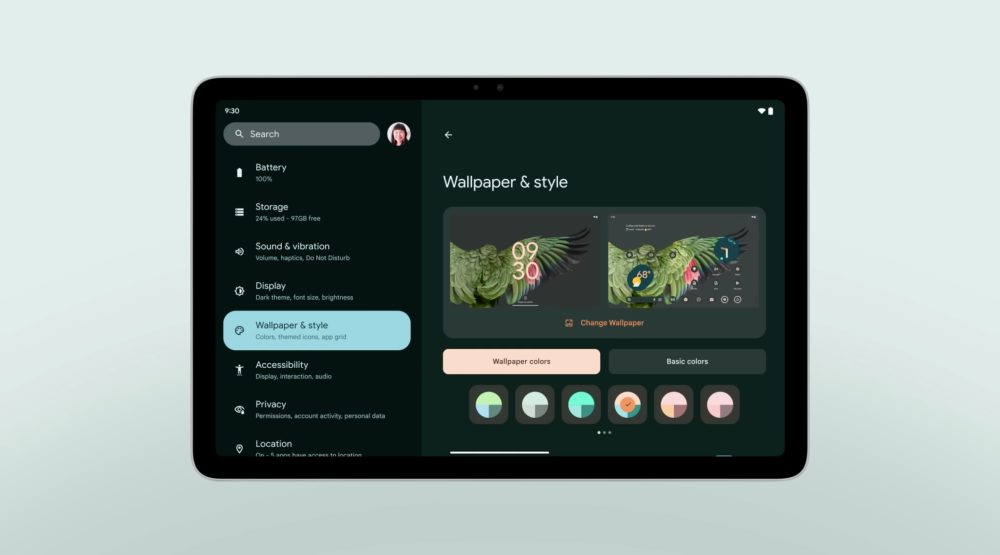
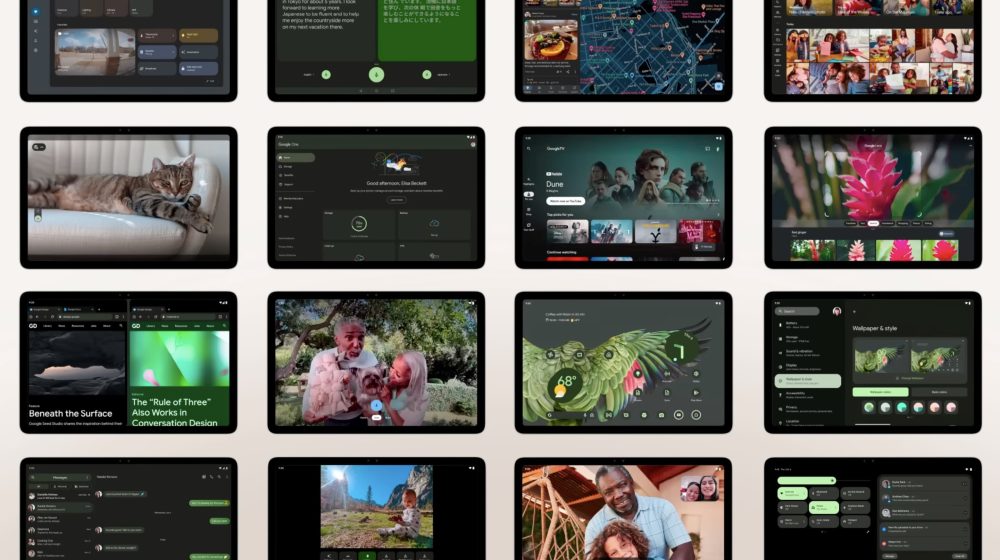
This push looks to be coming at the expense of Chromebook tablets, which Google in 2020 looked to be seriously investing and finding success in. After a false start with the Pixel Slate, the Lenovo IdeaPad Duet and devices from other brands looked to be a success by being highly affordable. The other big factor was meaningful updates to ChromeOS like modernizing ChromeOS split-screening, multitasking, and introducing larger touch elements. This was all in service of offering a better touch (sans keyboard) experience.
However, this momentum passed and the last notable ChromeOS tablet was announced back in February. The operating system still offers a fine tablet experience, but it’s starting to lag and borders on being the bare minimum needed to be competitive. Compared to Android, it’s missing a polish and fluidity that’s set to only get better with the Pixel Tablet, and future Android devices are blessed with Google’s current attention.
Assuming the Android Tablet push stops at touchscreen-only devices without permanently affixed keyboards, the lines between Android and ChromeOS might make sense. However, Android 13 QPR2, which will presumably launch on the Pixel Tablet, features renewed work on a desktop mode. It’s possible that it is meant primarily for touch and stylus interaction, but windowing has historically been the domain of cursors rather than direct finger interactions.
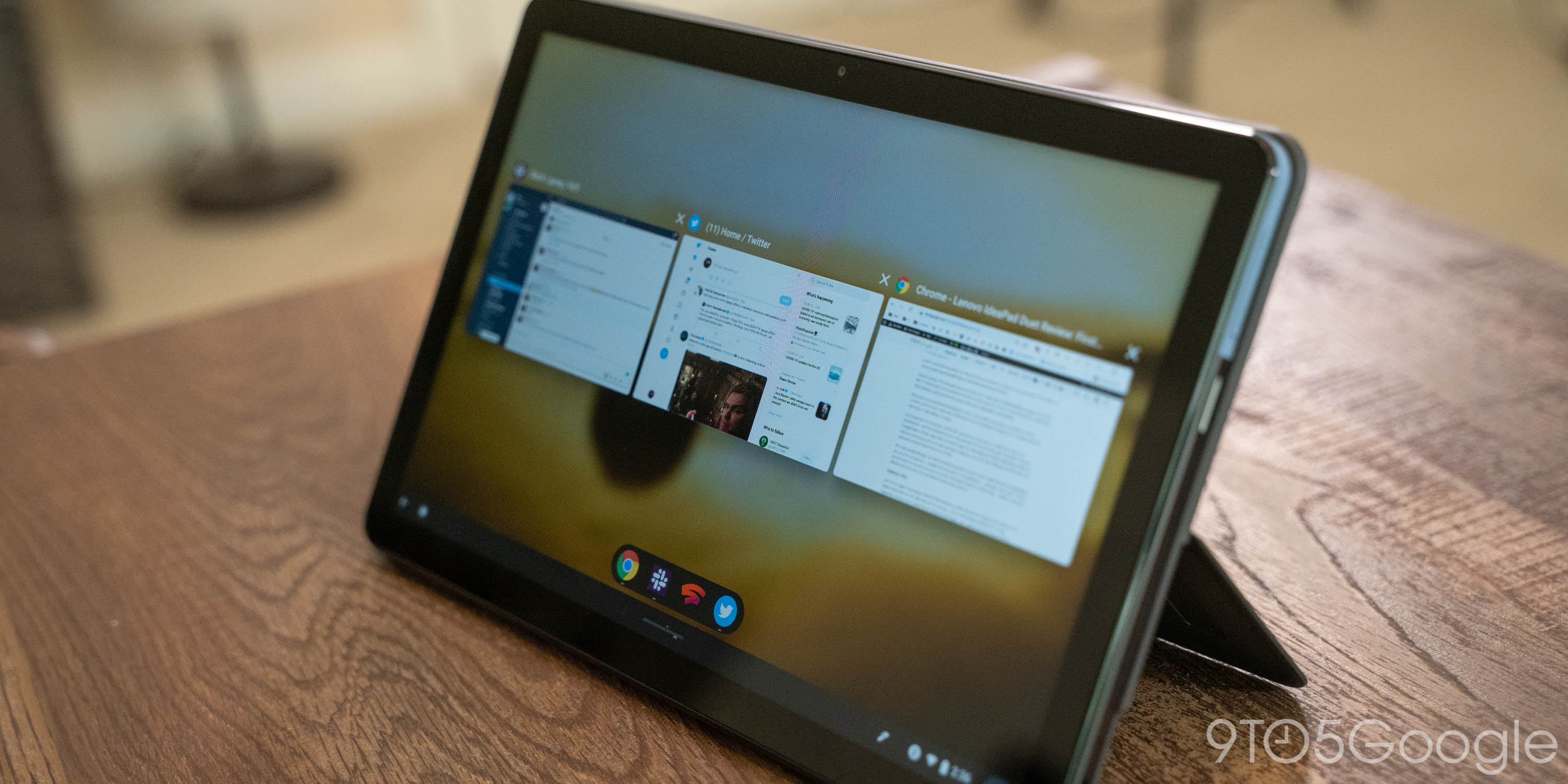
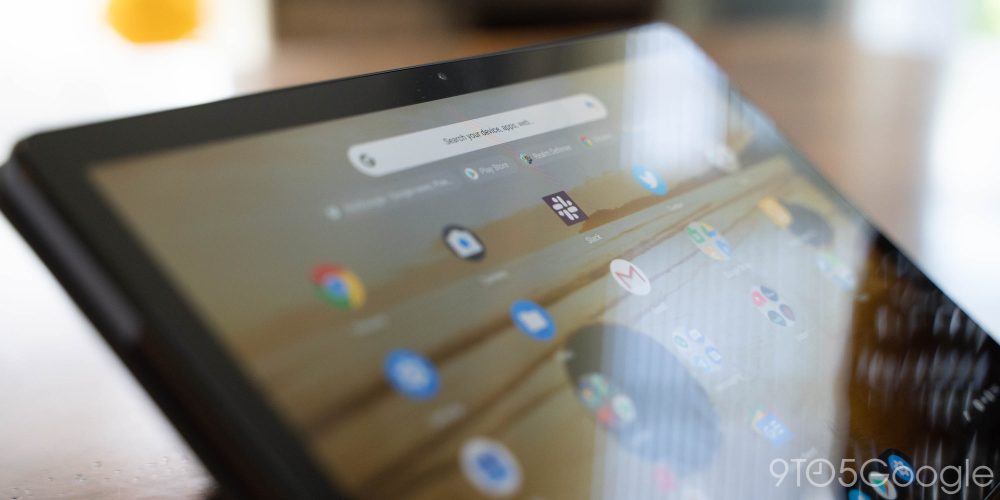

Meanwhile, we can’t forget how an apparent prerequisite of “pro” tablets these days are keyboard accessories that provide a better typing experience and replicate the laptop form factor. In fact, Google is well aware of the growing “keyboard attach rate.”
With that in mind, the distinction between Android Tablets that feature detachable keyboards and Chromebooks is quite blurry.
The last time this happened was Andromeda. In 2015, the Wall Street Journal reported (and several other publications confirmed) that ChromeOS would be merged into Android and that the latter would expand to laptop and desktop form factors. A preview was expected at I/O 2016 with a launch in 2017, and a Pixel laptop running Android was rumored.
Reporting at the time said one reason for this was a desire to “reduce the number of independent platforms it has to maintain.” That unification is particularly timely now as Google is cost cutting and consolidating.
Whether Google needs two different operating systems that fundamentally have different cores is still a worthy question. Of course, this never came to be and – as discussed – it seemed that ChromeOS was encroaching on Android tablets for a time.
The pendulum has now swung in the other direction. The most recent ChromeOS push has been towards Gaming Chromebooks, with tablets having fallen by the wayside if anything and CES 2023 serving as an opportunity to see what OS wins out on new tablets.
Having Chromebooks specialize might be a good differentiator, but the affordable mid-range is what actually sells, and what Google very much wants to control.
Trying to win the bigger-than-a-smartphone space with two distinct approaches is something that Apple also finds itself in, and Google’s seeming forte, though that’s changing as of late. ChromeOS has the advantage of the desktop-class browser, while Android Tablets currently have the institutional investment. Having two approaches with ill-defined distinction might be fine for now, but Google looking to the galaxies once more would not be too surprising down the road.
Author: Abner Li
Source: 9TO5Google





